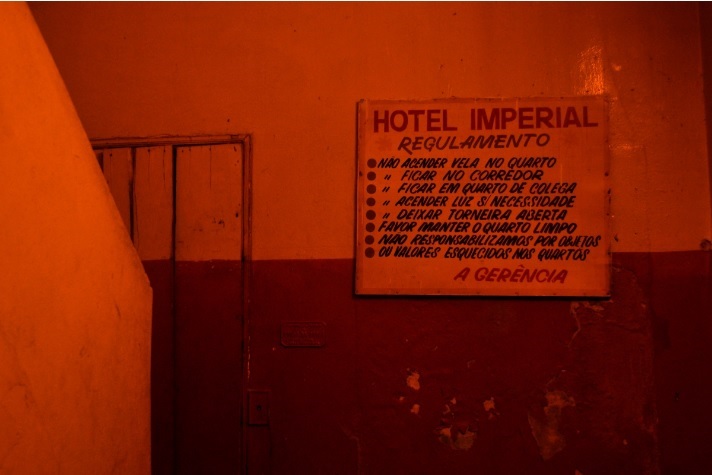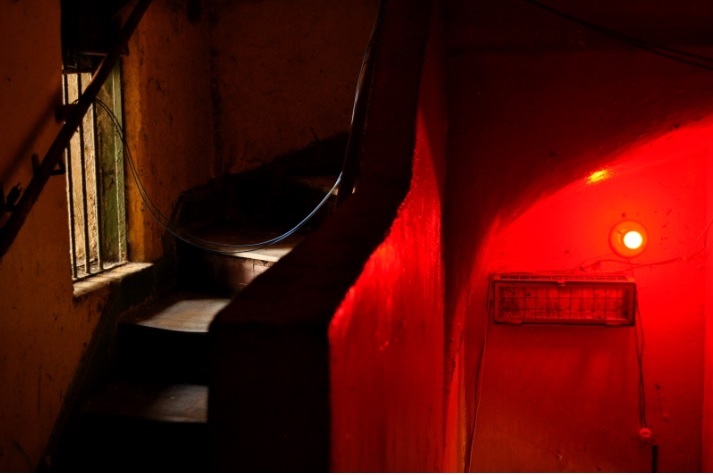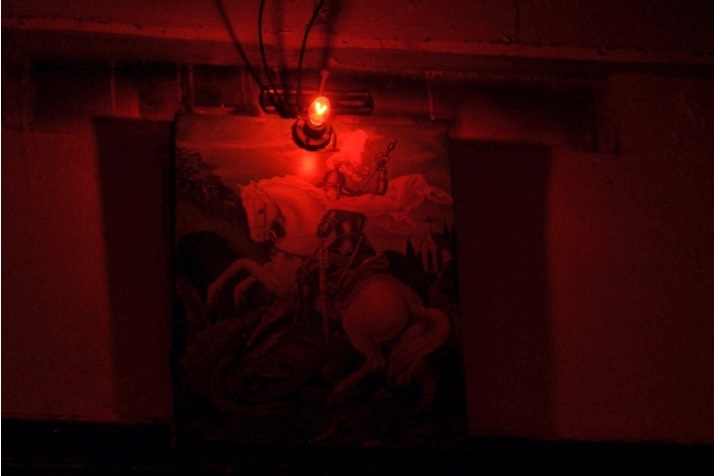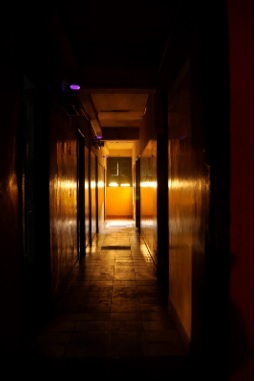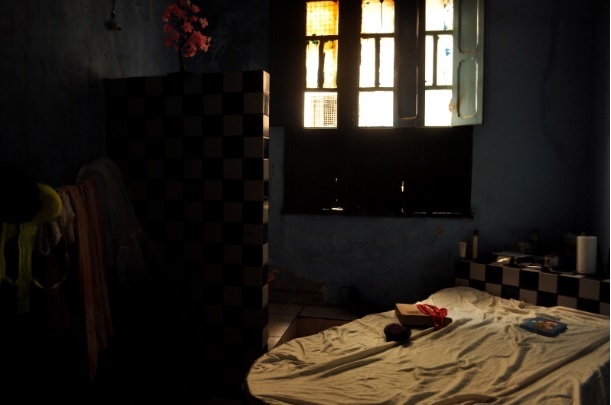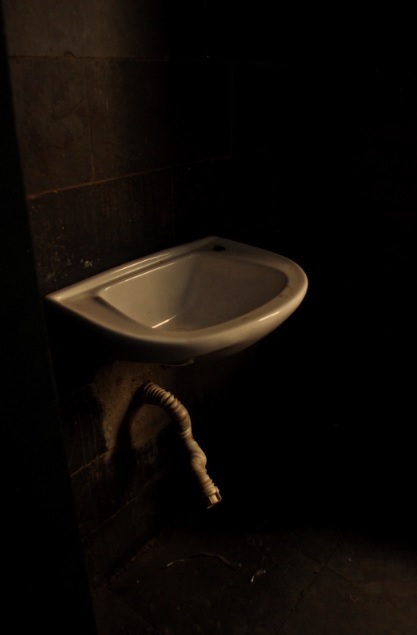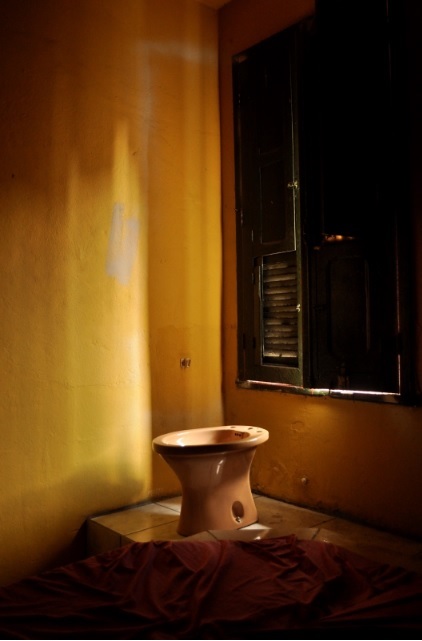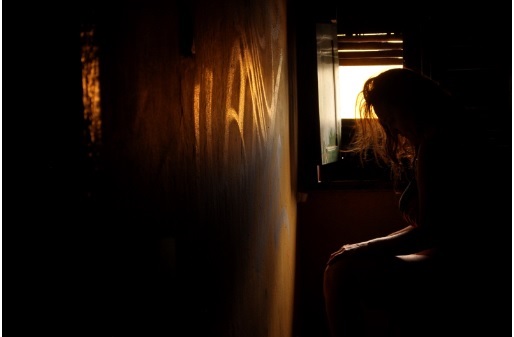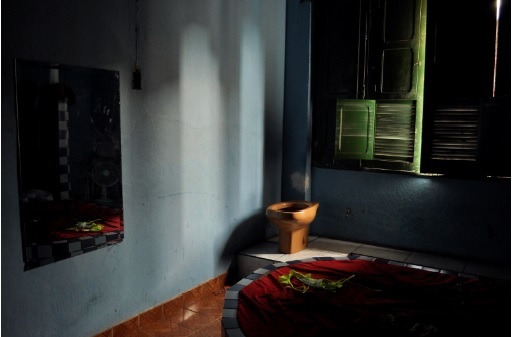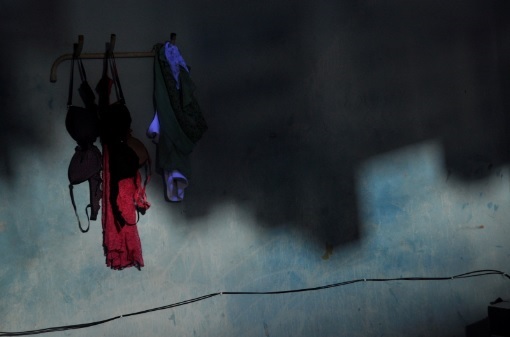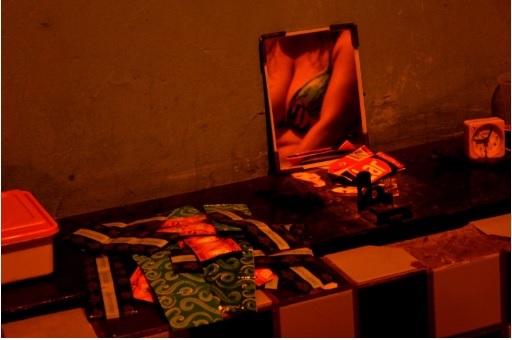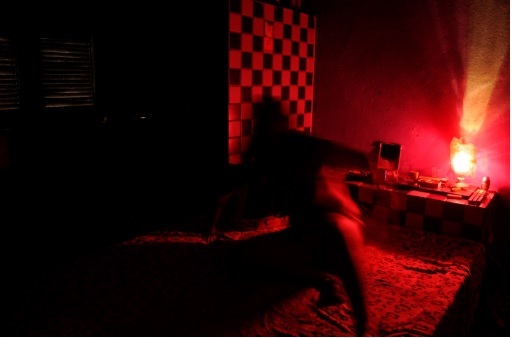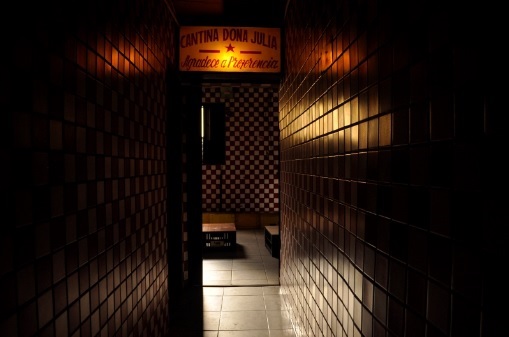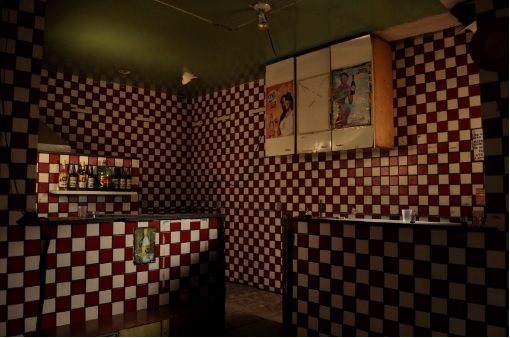Services on Demand
Journal
Article
Indicators
-
 Cited by SciELO
Cited by SciELO -
 Access statistics
Access statistics
Related links
-
 Similars in
SciELO
Similars in
SciELO
Share
Vista. Revista de Cultura Visual
On-line version ISSN 2184-1284
Vista no.7 Braga June 2021 Epub May 01, 2023
https://doi.org/10.21814/vista.3327
Visual Projects
Hotel Imperial: between traces and scenarios
1 Mídia e Narrativa, Programa de Pós-Graduação em Comunicação Social, Pontifícia Universidade Católica de Minas Gerais, Belo Horizonte, Brasil
Located on Rua Guaicurus, in the center of Belo Horizonte, capital of the state of Minas Gerais (Brazil), the building we now know as Hotel Imperial was built in the 1920s to function as a sanatorium – a place for the treatment of contagious diseases. In the 1940s, under Juscelino Kubistchek's administration, it was transformed into a hotel, and rebuilt in art deco style. At the time, the hotels in the region were still primarily used to house families coming from other cities and other states. Later the apartments were adapted to serve as prostitution premises and, at present, the building, owned by the Santa Casa of Belo Horizonte, has been closed for more than 10 years and keeps the original title of "Hotel". The play Rua das Camélias, from Belo Horizonte, premiered in this location in November 2016 recreating the prostitution scene.
As I first stepped into that setting to watch the play, I felt thrown into that universe, so unfamiliar and strange to me. The mystery surrounding all that staging carried my imagination to that other time when prostitutes and clients circulated in an atmosphere of seduction and negotiation, the buzz of the corridors, the stories of all those who were part of it.
Drawn by curiosity, I return the following week to photograph. Then I wander through the empty spaces as if invading the intimacy of other people, and I perceive the energy of the many souls who have passed through that place, as if it were impregnated on the walls, in the atmosphere, in the vestiges. I feel a bit like that ragpicker of History, defined by Walter Benjamin and evoked by Georges Didi-Huberman (2015), who tells us that “it is in the impurity, in the scum of things that the Yore survives” (p. 120). I walk through the rooms slowly and photograph.
Photography can be considered a privileged tool for reflecting on the experience of memory for, as it evokes the past, it also builds other realities. In these images, I try to create a game, a tension between the past and the present, between fiction and reality. By this I mean a double fiction: one given by the play itself, whose traces are in the objects left by the actors, and another given by my own imaginary, that which lets me fabulate. In some images, ghostly apparitions resurface to show that the now is steeped in the past. Wouldn't imagination be responsible for bringing affection into documentary work and for allowing the photographer to create "fiction" in the document?
I realise that there are other layers of time in this place my imagination could access, as the building once housed families travelling on tours and the sick who came to the capital seeking a cure. A place where all times intertwine, blend together and split, the former stage of several stories and many affections, the Hotel Imperial is today entrusted to a "Santa Casa" and is located on Rua Guaicurus, an indigenous word. The term guaicurú, according to Guido Boggiani, is etymologically divided into guai, which means "inhabitant, native, combative, wicked, traitor"; and ecuru, which means "scabies, dirty skin" (Herberts, 1998, p. 41). Guaicuru thus has the pejorative meaning – "wicked and dirty people". Coincidence or not, prostitutes are socially seen as leftovers, dirt, scum, rags of history.
In this place of overlapping times, I choose to imagine, as the actors of the play Rua das Camélias, the prostitution scene, of which the traces are evident. I walk into each room with the curiosity of a voyeur, by doing so, I invite the spectators to a journey through the remains of this former brothel where I discover a mosaic of precariousness, melancholy, pain and pleasure.
Acknowledgements
I would like to thank Regina Ganz, an actress from the play Rua das Camélias who made it possible for me to access the Hotel Imperial.
Received: February 23, 2021; Revised: April 12, 2021; Accepted: April 12, 2021











 text in
text in 


